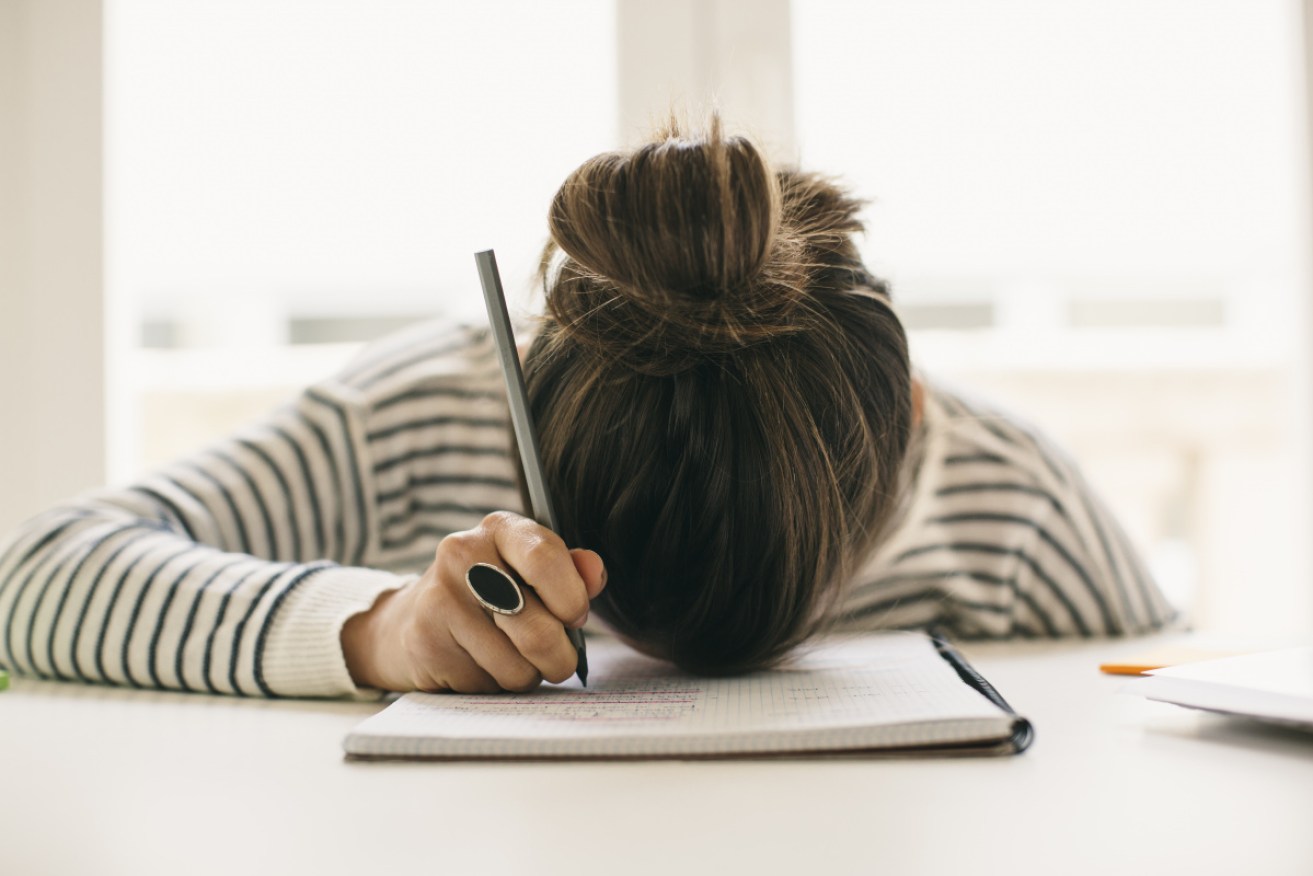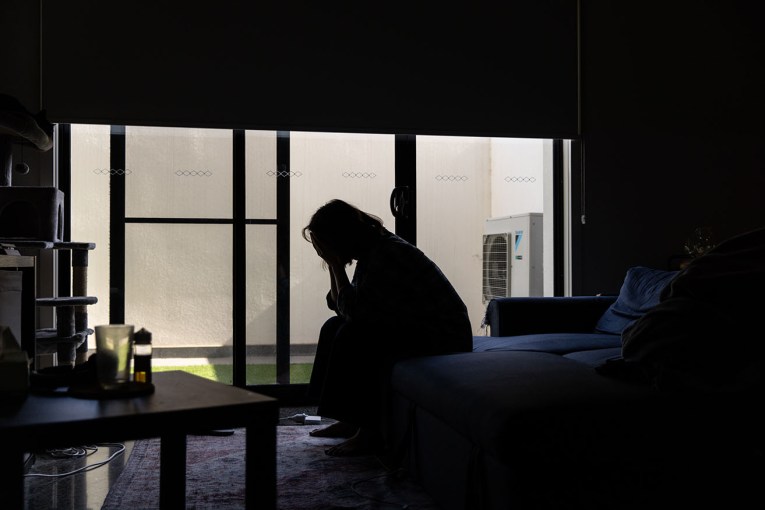Australian students ‘lonely and out of place’ at school


Australian teenagers aged 15 are getting more awkward and lonely. Photo: Getty
School students are increasingly lonely and out of place, with Australian teenagers feeling less belonging in class than the global average.
The Productivity Commission’s government services review into education on Friday revealed 15-year-old students were having a harder time fitting in with their peers and schools in 2015 than in 2003.
In education results, teenagers were also scoring worse on reading, maths and science.
Experts attributed the social change to the rise of social media and technology, and adolescents’ increasing reliance on them for connectivity.
YMCA Victoria CEO Peter Burns said young people were experiencing unprecedented technological change, “with less formal touch points for community and belonging”.
“Siri can beat box, but can’t teach us emotional resilience,” Mr Burns told The New Daily.
“The reality is that some young people do not have the skills or the support to keep up with these social changes. But this disconnection and loneliness is not their fault, but is a result of the failure of our current systems.”
While globally overall, results from the Organisation for Economic Co-operation and Development (OECD) showed a sense of belonging had increased on average over 15 years from 2003, it had dropped for Australian students.
The results were worse for girls, Aboriginal and Torres Strait Islander, regional or remote, and low socio-economic students.
The 2015 survey looked at 5.6 per cent of Australian students aged 15 as part of the Programme for International Student Assessment (PISA).
Nationally, 76.5 per cent disagreed they felt like an outsider or were left out of activities at school. That’s below the OECD average of 82.8 per cent.
Students were also asked if they “feel awkward and out of place” at school, with 78.1 per cent of Australian 15-year-olds disagreeing compared to 80.9 per cent of the OECD average.
Nationally, 83.5 per cent disagreed with the statement “I feel lonely at school” and 71.9 per cent said they felt like they belonged.
However, Australian teenagers were more likely to say they made friends easily and agree with the statement “other students seem to like me” than OECD countries.
Overall, PISA found 15-year-olds nationally were less likely to feel belonging in school than they did in 2012 and 2003, while belonging improved across the OECD.
Laura Eason, youth wellbeing coordinator at YMCA NSW, said there were lots of issues that seemed more prevalent than they used to.
“Stress is a massive one, and anxiety and mental health issues are all on the rise,” Ms Eason told The New Daily.
“Belonging is one drop in the ocean really. We’ve got rising mental health, high stress and we’ve also got lower activity levels. There’s a whole bunch of stuff going on that’s all feeding into some negative outcomes for young people.”
She said social media could both be part of the problem and the solution.
“That’s where the young people are as well, so we can reach them in that way as well. You can also feel a sense of belonging to a group on the internet.”
On top of providing programs to help engage young people, she said adults need to remember to listen and pay attention.
“I think sometimes we really need to sit and listen and understand their perspective, and I think that can go a really long way in ensuring they feel like their voices are heard,” Ms Eason said.
The rate of young people identifying mental health as a key national issue doubled between 2016 and 2018 in Mission Australia’s Annual Youth Survey.
Teens aged 15-19 in each jurisdiction named mental health as the top issue facing Australia for the first time in 2017.
Academic outcomes
Year 8 students were also struggling academically in 2015, with 60.6 per cent meeting the national reading benchmark in the PISA test.
Mathematical literacy was 55.4 per cent, while 60.8 per cent of students met the national benchmark for scientific literacy.
The year 8 students had worse results in each of the subjects compared to the previous PISA tests – in 2009 for reading, 2012 for maths, and 2006 for science.
In another test – the Trends in International Mathematics and Science Study (TIMSS) – 15-year-olds met the maths standard 64.4 per cent of the time or 68.8 per cent of the time in science.
Year 4 students performed better, meeting the maths standard 70.2 per cent of the time, and 75.4 per cent of the time in science.
Results for both student groups were about the same between 2011 and 2015, except for year 4 science results which significantly improved.
The Progress in International Reading Literacy Study (PIRLS) by the International Association for the Evolution of Education Achievement (IEA) found 80.9 per cent of year 4 students met reading standards in 2016.








